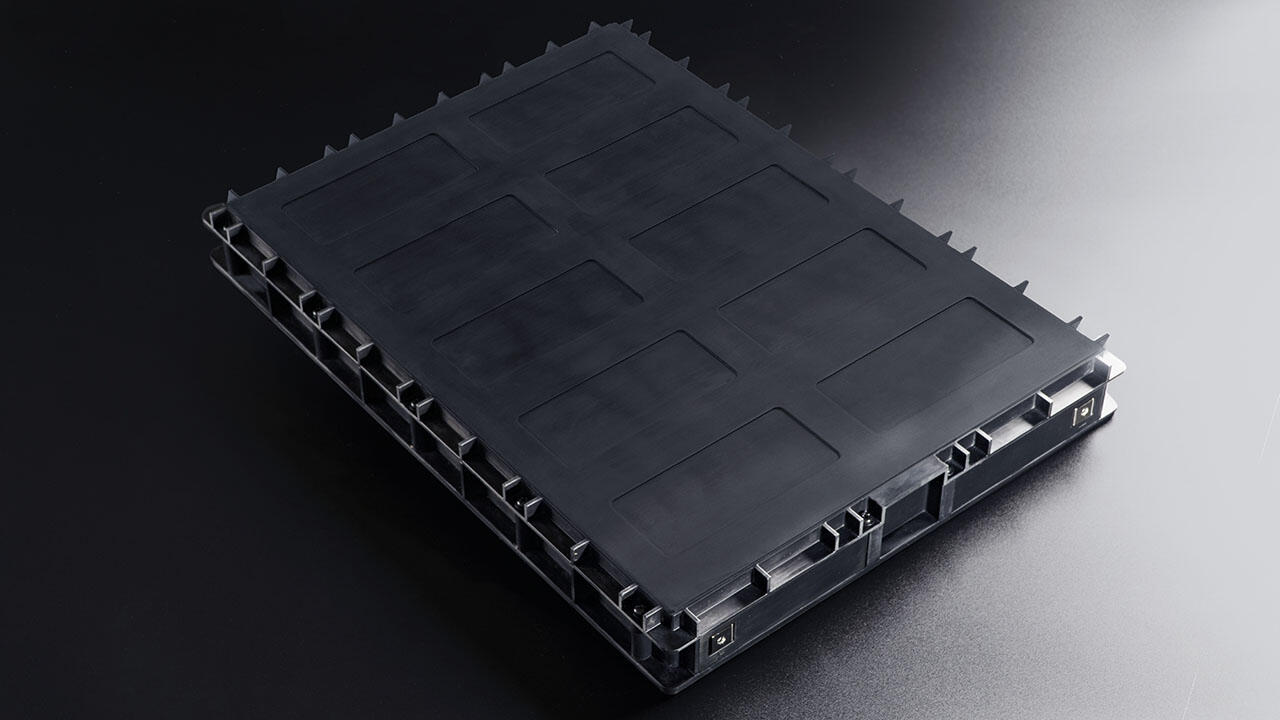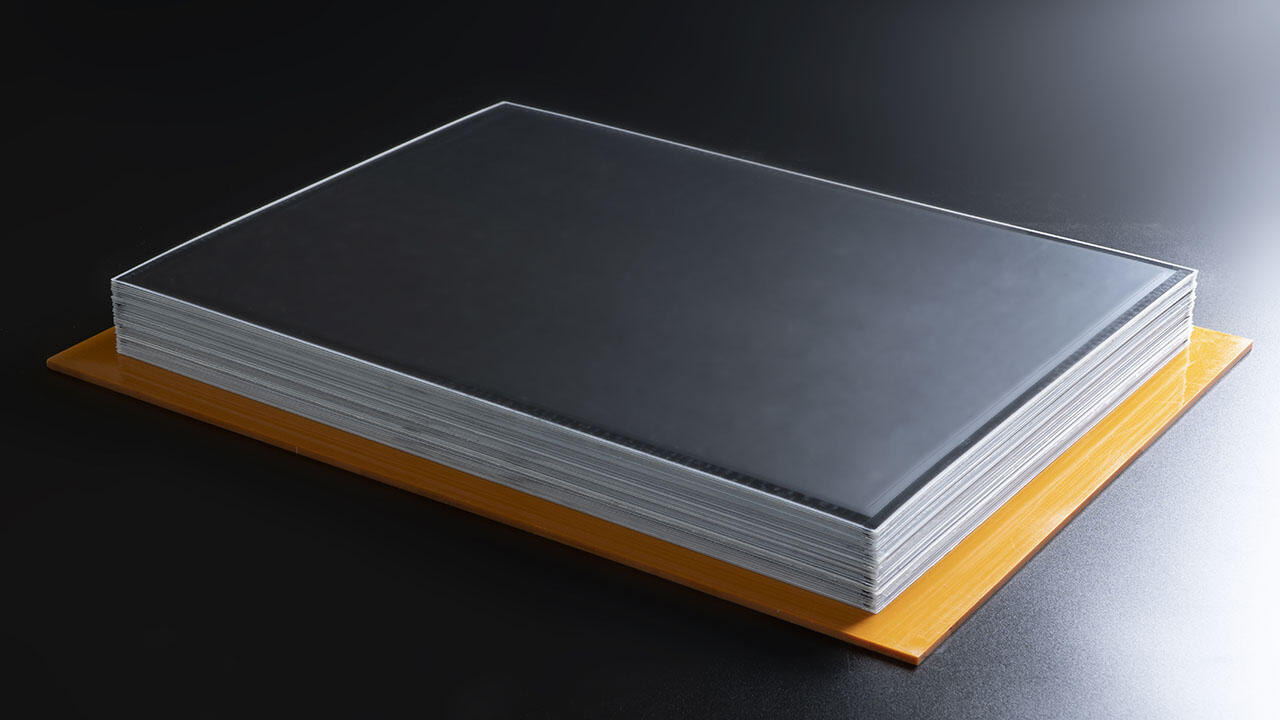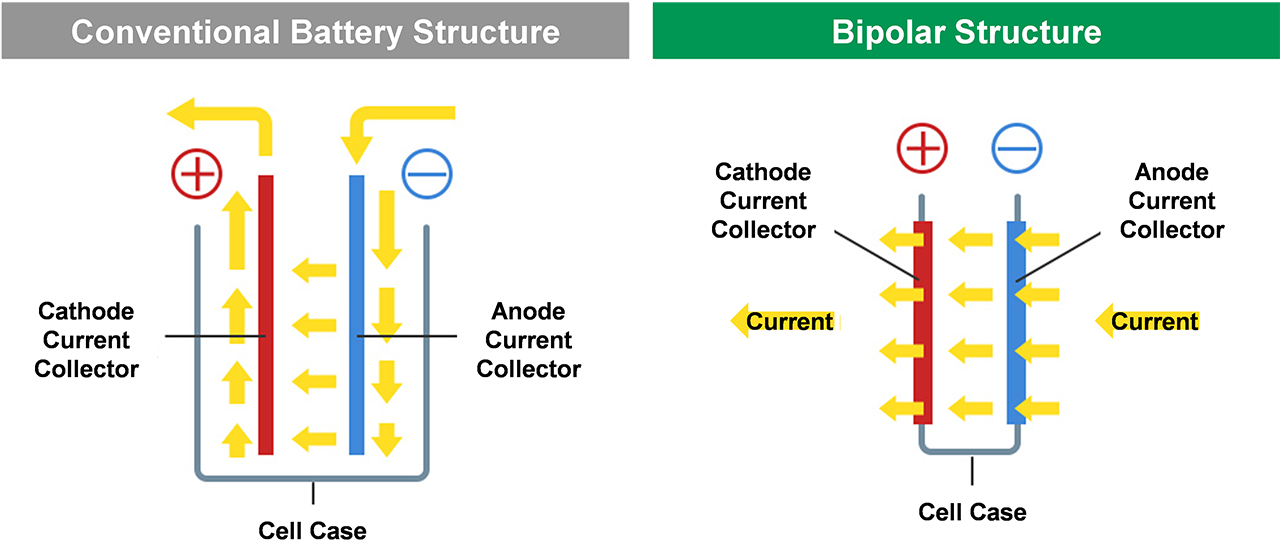Announcing Investment in APB, Developer of the "All-Polymer Battery," a Next-Generation Lithium-Ion Battery
Toward New Business Models Using Large-Scale Battery Storage Systems
-
New Businesses
OBAYASHI CORPORATION announces investment in the APB Corporation ("APB"), a pioneer in the development of next-generation lithium-ion batteries called "All Polymer Batteries," in an effort to create new business models which utilize batteries.

APB is a startup developing and manufacturing the first large-scale bipolar lithium-ion battery modules (*1), called the "All-Polymer Battery", and was founded in October 2018 by Mr. Hideaki Horie, who developed the All-Polymer Battery. In February 2019, APB received investment from Sanyo Chemical Industries, Ltd., which had been working jointly with Mr. Horie to develop the batteries.
The All-Polymer Battery uses a proprietary manufacturing process to reduce manufacturing time compared to conventional lithium-ion batteries, which not only cuts manufacturing costs and shortens lead times, but also provides high reliability under abnormal conditions (*2) and high energy density (*3) not seen in batteries thus far. Another feature of the All-Polymer Battery is a high flexibility in terms of the size and shape of the cells.
Obayashi Corporation is the first construction company to invest in APB. Moving forward, we will consider how to create new business models which take advantage of All-Polymer Batteries' high reliability under abnormal conditions and the high flexibility in terms of the size and shape of the cells, such as novel methods for installing storage batteries in buildings, using batteries to stabilize renewable energy sources traditionally considered unstable, such as solar and wind power, and the introduction of batteries into Smart Cities and microgrids.

Bipolarly connects 40 battery cells in series
Obayashi Corporation is promoting ESG management based on the Obayashi Sustainability Vision 2050 announced in June 2019. The investment in APB allows us to continue to strive toward one of the goals of our Vision, which is to deepen and expand our businesses which provide valuable spaces and services that make all people happy.
- *1 Bipolar Lithium-Ion Battery Module
Unlike conventional lithium-ion batteries, in which current flows parallel to the electrodes, the "bipolar" structure is a structure in which current flows perpendicular to the thickness direction of the electrodes. This structure allows the All-Polymer Battery to use polymer current collectors, which have higher electrical resistance than metal, for the positive and negative electrodes, contributing to enhanced reliability under abnormal conditions. The battery cells can also be stacked directly on top of each other and connected in series, which helps reduce the number of parts in the battery and simplify the manufacturing process as compared to conventional lithium-ion batteries.


- *2 Reliability under abnormal conditions
Less chance of failure or malfunction under abnormal conditions. Expresses how difficult it is for a lithium-ion battery to produce heat/combust under abnormal conditions such as short circuits, bending, impacts, and breakage.
Metal current collectors can produce a large current during short-circuits and cause the battery to combust, and thus the All-Polymer Battery uses a high-resistance polymer current collector instead. This prevents large currents from flowing even during short-circuits and therefore provides high reliability under abnormal conditions.
- *3 Energy density
A measure of how much energy (Wh) can be obtained at a given volume or weight. Conventional lithium-ion batteries require many parts and a large amount of space in the process of creating modules from battery cells, in order to make connections between cells, ensure reliability under abnormal conditions, and so on. However, the bipolar structure and high reliability under abnormal conditions provided by the All-Polymer Battery makes it possible to cut down on the number of parts and space required, which increases the energy density.

